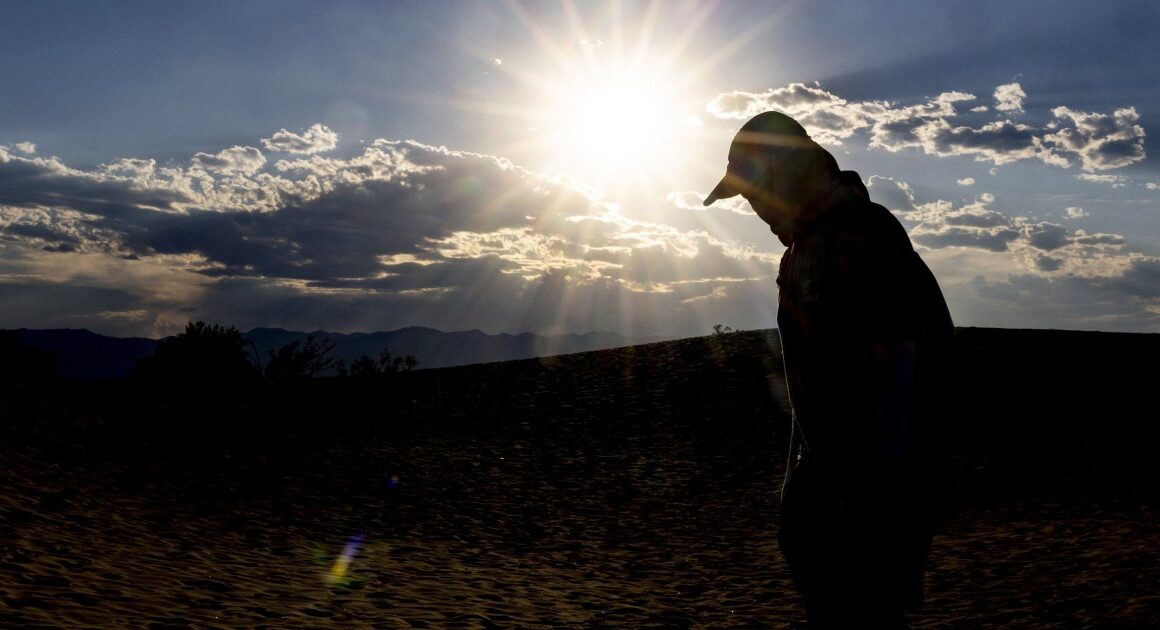Summer 2024 could be remembered not just for its historic temperatures, but for its successive heat waves with unusual geographic reach. Here comes another one.
Federal forecasters say a high-pressure dome over the West is expanding and moving south and east, spreading sizzling temperatures from the Pacific Northwest to the South for much of the first full week of August.
More than 36 million Americans were under advisories, watches or warnings for dangerous and excessive heat Saturday night, according to National Weather Service data.
The weather service said Plains states, which include Montana, North Dakota, Wyoming, South Dakota, Nebraska, Colorado, Kansas, New Mexico, Oklahoma and Texas, could see high temperature readings near 105 degrees Fahrenheit as the heat moves in during the first half of the week.
The Gulf Coast and the South were also in for triple-digit highs for much of the week, the weather service said. Extremely hot temperatures were expected for parts of Louisiana and Mississippi, it noted.
That’s in addition to already sizzling temperatures in the West, the Southwest and the Pacific Northwest, which are all being affected by the high-pressure dome, forecasters said.
“There are excessive heat warnings over parts of the Pacific Northwest, Great Basin, Southeastern California and the Southwest, and heat advisories over parts of the Northern Plains, Northern Rockies, and the Gulf Coast,” the weather service said in a forecast discussion Saturday.
Areas of particular concern include interior regions of the Northwest, the Rocky Mountains, the desert Southwest and Southern California — all expected to see unusually high daytime temperatures paired with nights that may not provide respite, the weather service said.
“The prolonged nature of the heat will increase the risk of heat-related illness,” it said in warning noting that much of the West would experience dangerous heat next week.
The weather service office in Las Vegas, Nevada, warned of excessive heat through Tuesday night, calling the weather “dangerous” and urging residents to shift some activity to nighttime, drink water and take breaks in air-conditioned structures.
Temperatures in the 110s were forecast for the Imperial County deserts between the Southern California coast and Arizona, with the weather service’s color-coded map displaying a blob of magenta near the city of El Centro that correlates to a high-temperature ceiling of 125 degrees.
Another area of concern is the Gulf Coast, where the heat dome will bake the atmosphere while tropical waters off the coast will send humidity to the region that could boost the heat index, or “feels like” temperature.
“The combination of high temperatures increasing into the lower 100s along with high humidity will result in major to extreme” risk for heat-related illness, the weather service said.
The weather service indicated a cold front later in the week may move east across the Plains states and possibly dissolve at least some of this wave, but so far the official forecast calls for only one flavor of summertime: hot.
Climate Central, a science and journalism nonprofit dedicated to educating Americans on the impacts of global warming, noted in an analysis in late June that late spring and summer kicked off in the United States with back-to-back “heat episodes.”
Extreme heat waves, it said in the analysis, are made much more likely by climate change.
,








